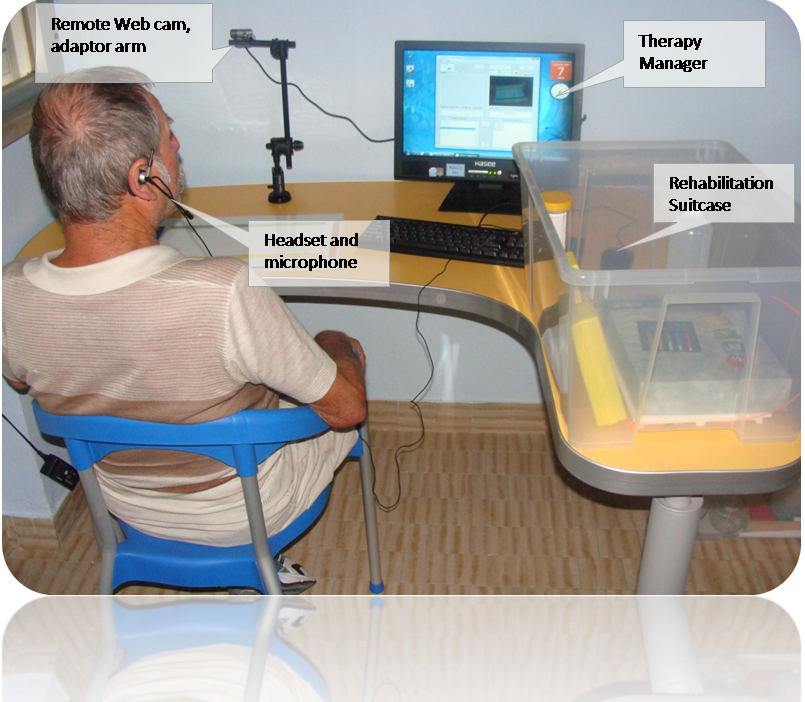Welcome to Habilis Europe: a new concept for telerehabilitation
The scope of Habilis is to launch and deploy an innovative model of rehabilitation. Habilis Europe’s concept is based on a flexible, general purpose and low cost platform suitable for implementing an expandable set of telerehabilitation services across the whole EU, with significant potential to enhance the deployment of e-health services and the optimization of healthcare resources.
Habilis Europe is a registered trademark established in the framework of the European project CLEAR supported by the ICT-PSP Programme.

The logo recalls the mission to maintain patients’ abilities for the longest possible time targeting a healthy life style. The E of Europe has been obtained from a mixt “e and @” in the designer attempt to reference eHealth services for tele-rehabilitation.


What is a Tele-Rehab service?
It is a service which allows patients to extend the rehabilitation treatment at home (or at the point of their need) under the supervision of a rehab team guaranteeing efficacy,
security, privacy and ethical methods.
The Habilis Platform will deliver the therapy to people who cannot travel to a clinic because of their disability or to avoid issues occurring for travelling reasons.
Telerehabilitation also allows experts in rehabilitation to engage in a clinical consultation at a distance.
With Habilis patients with physical, neurological or cognitive impairments can rehabilitate at home or near their home, in tele-rehab points, spread on the territory and linked to the Clinical Centres.
